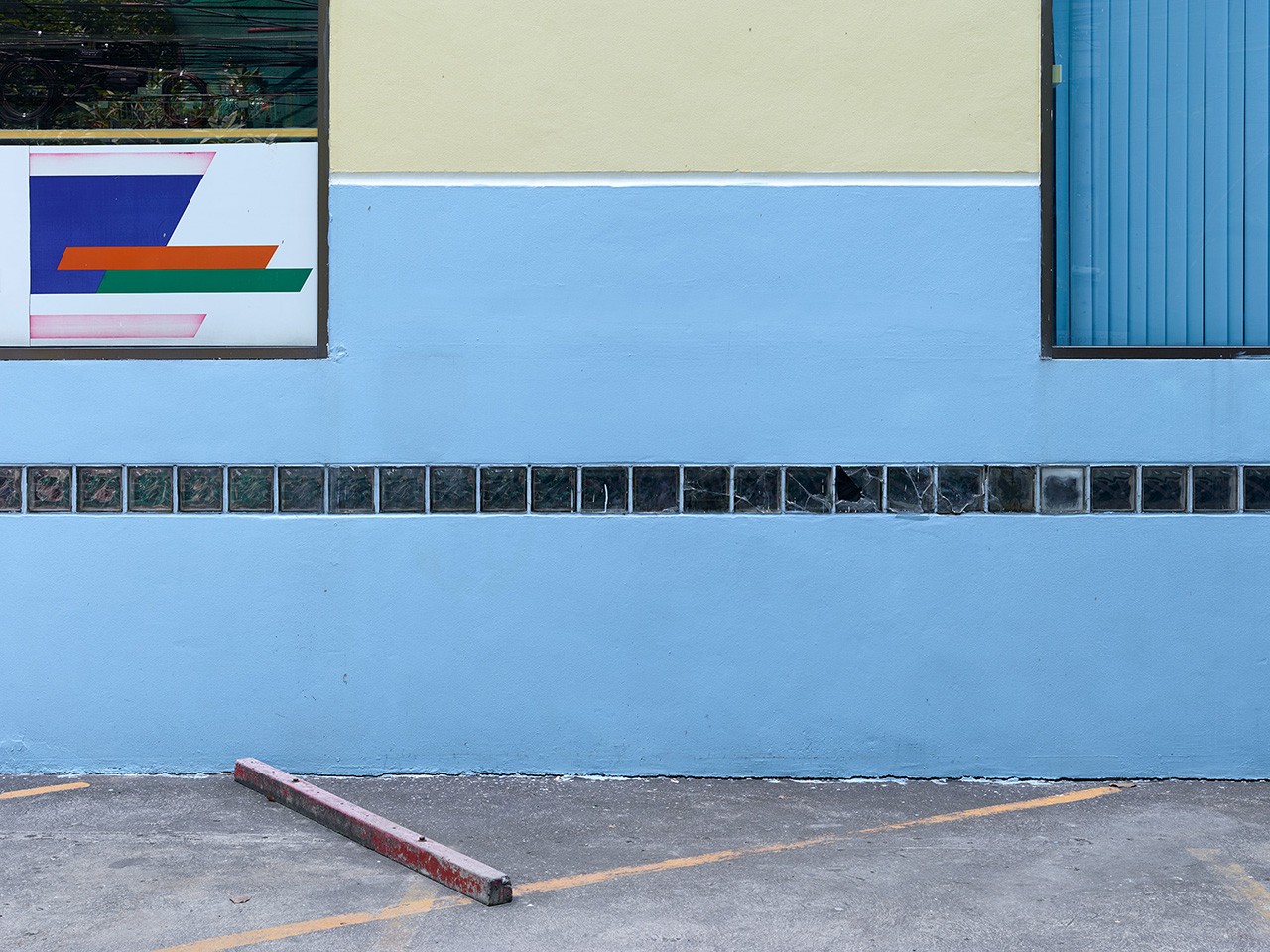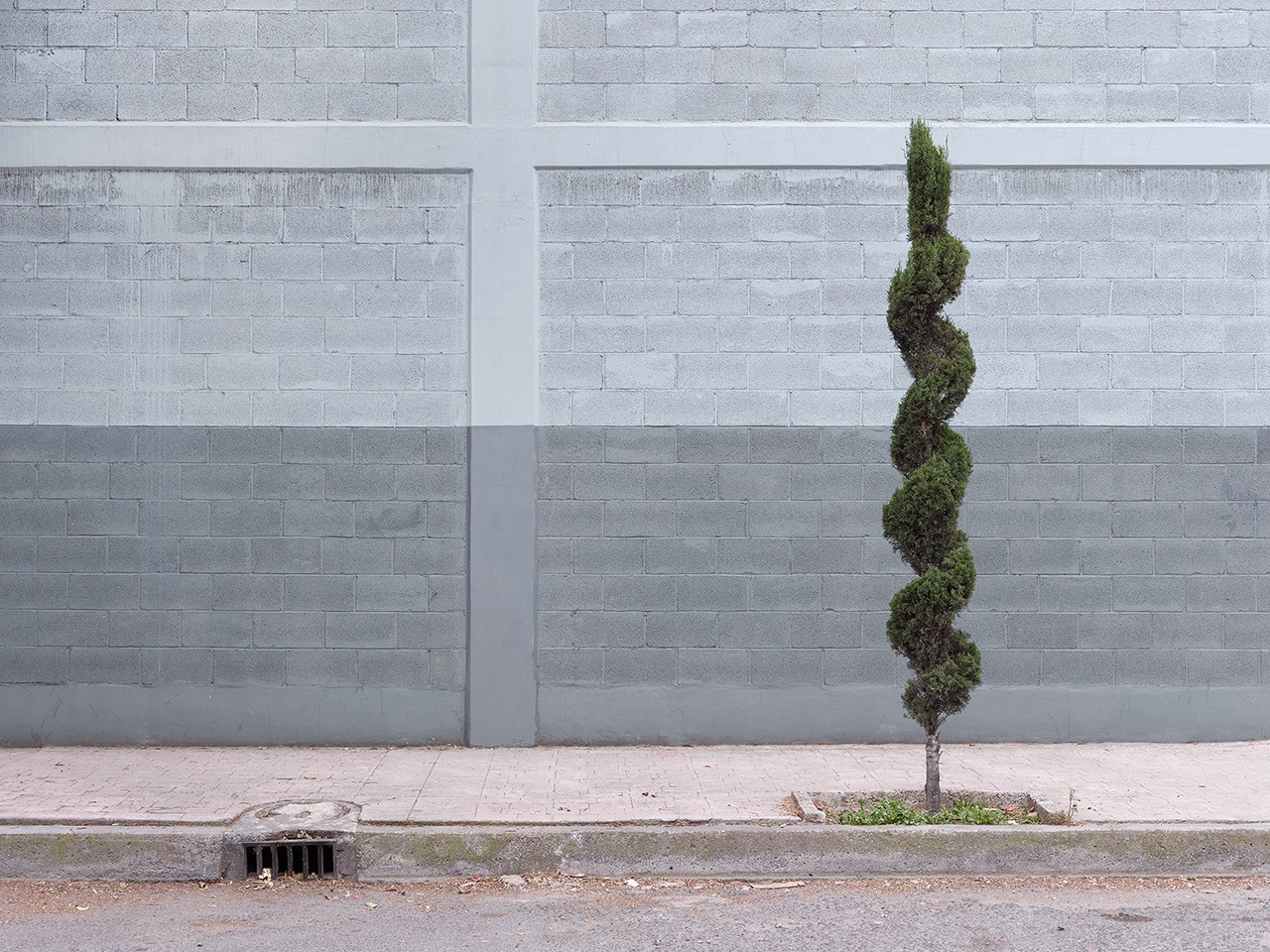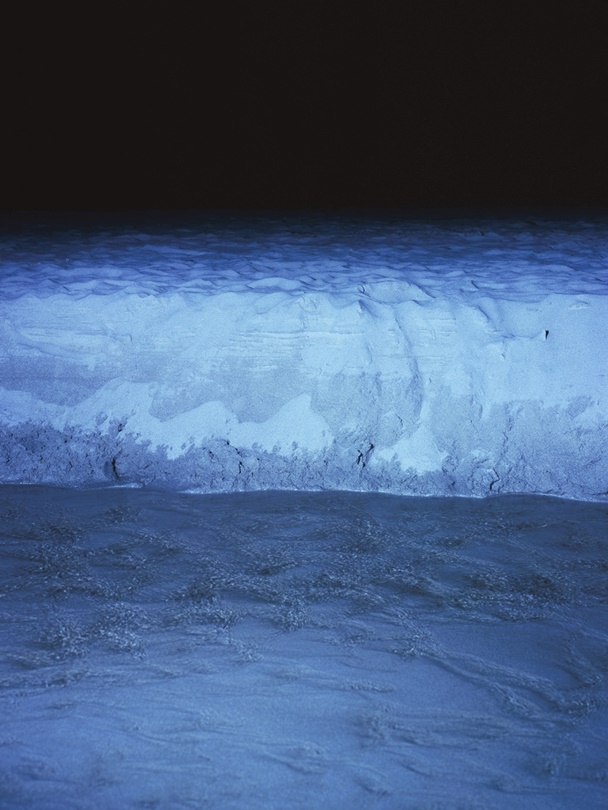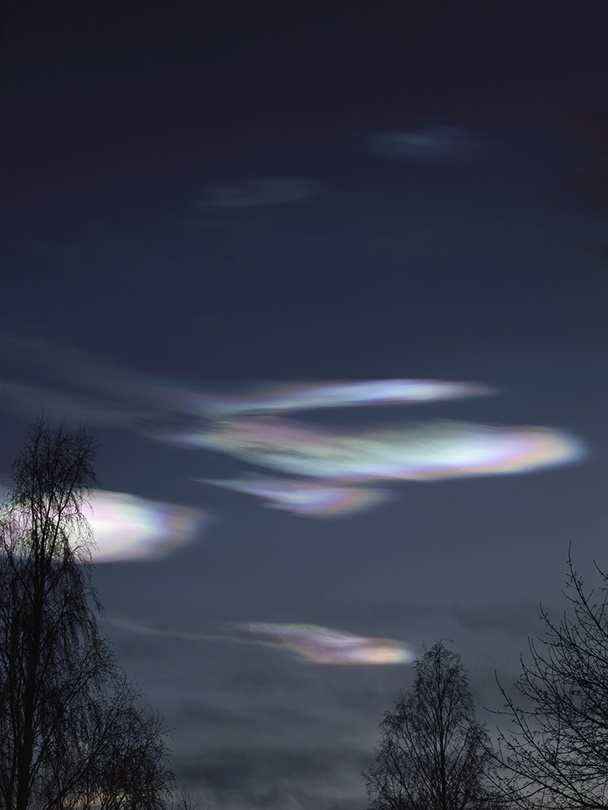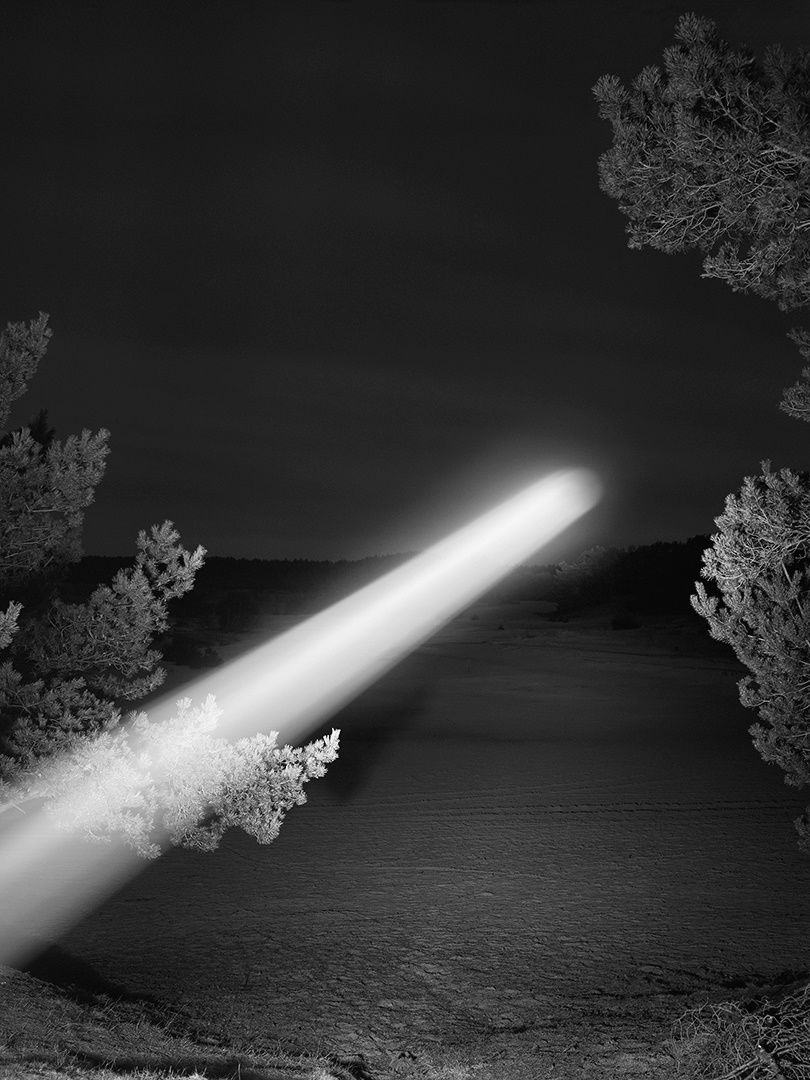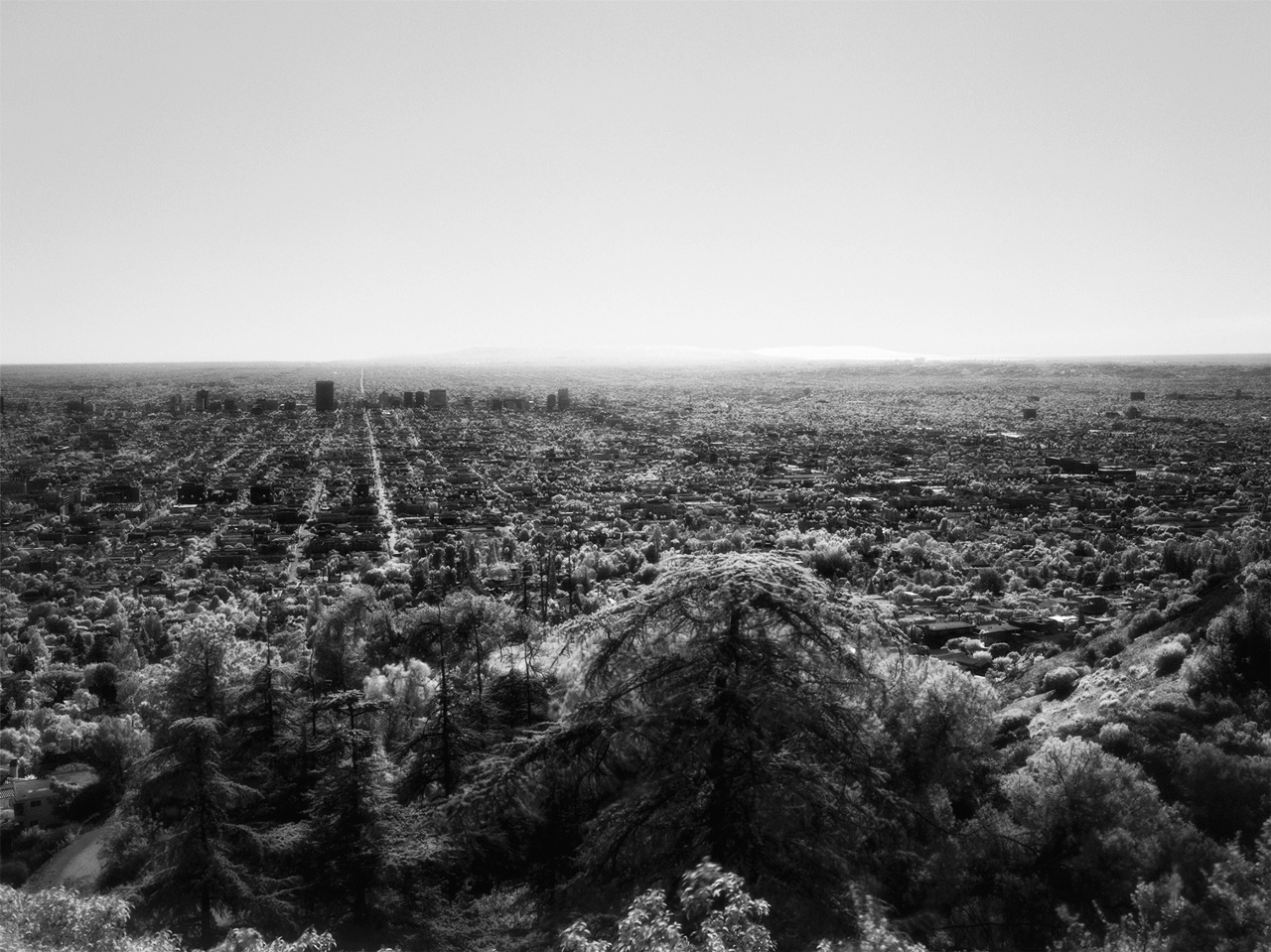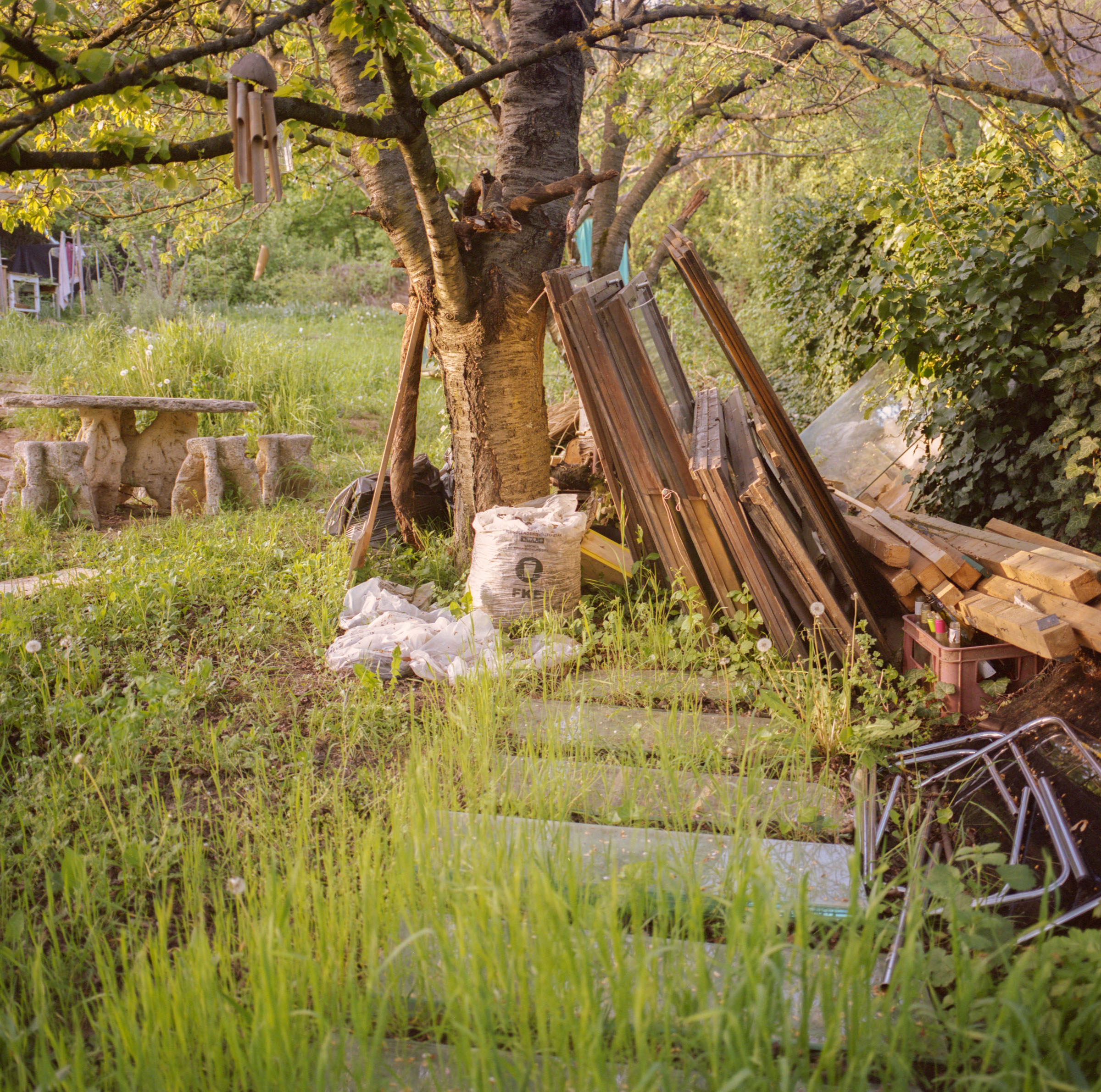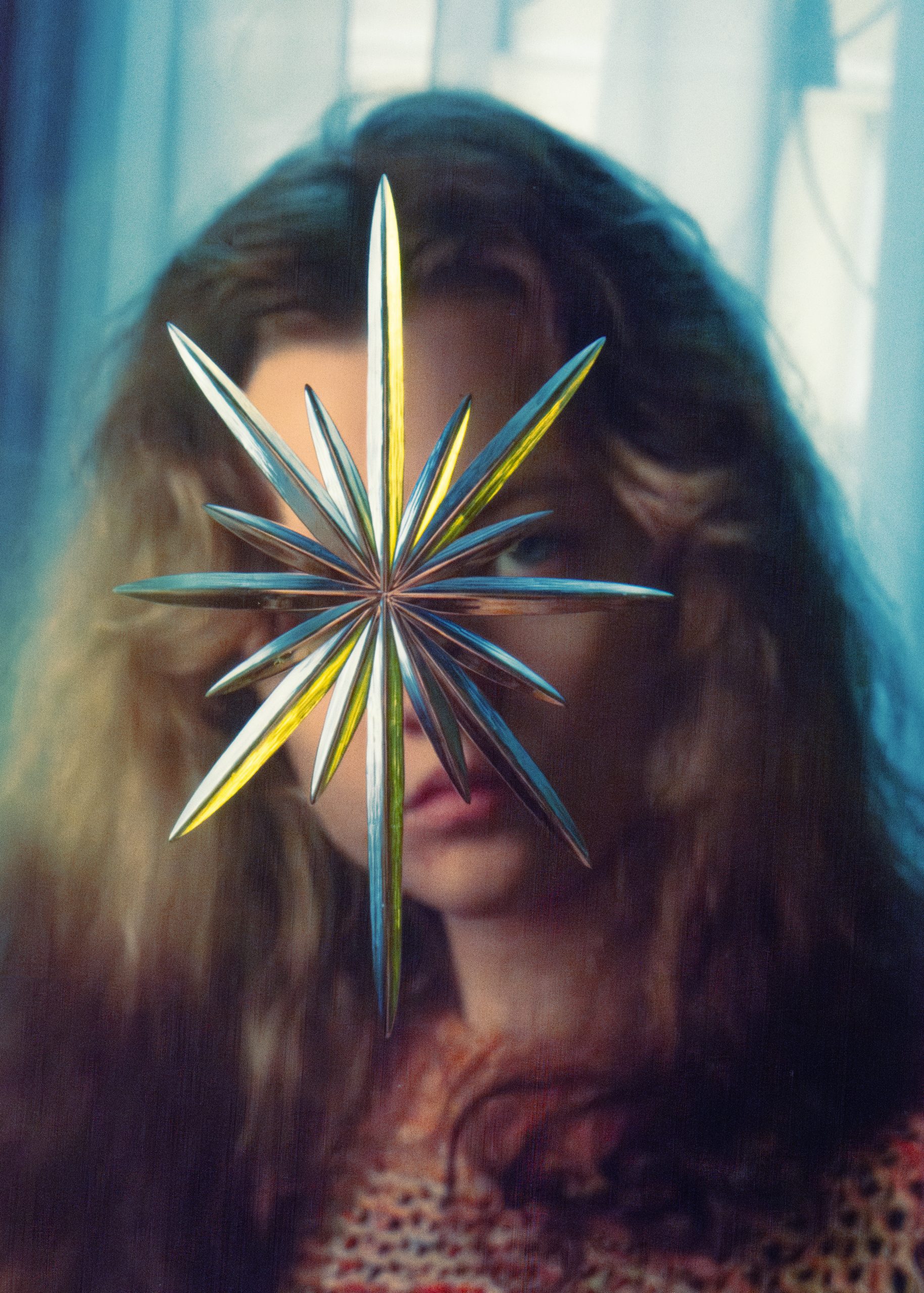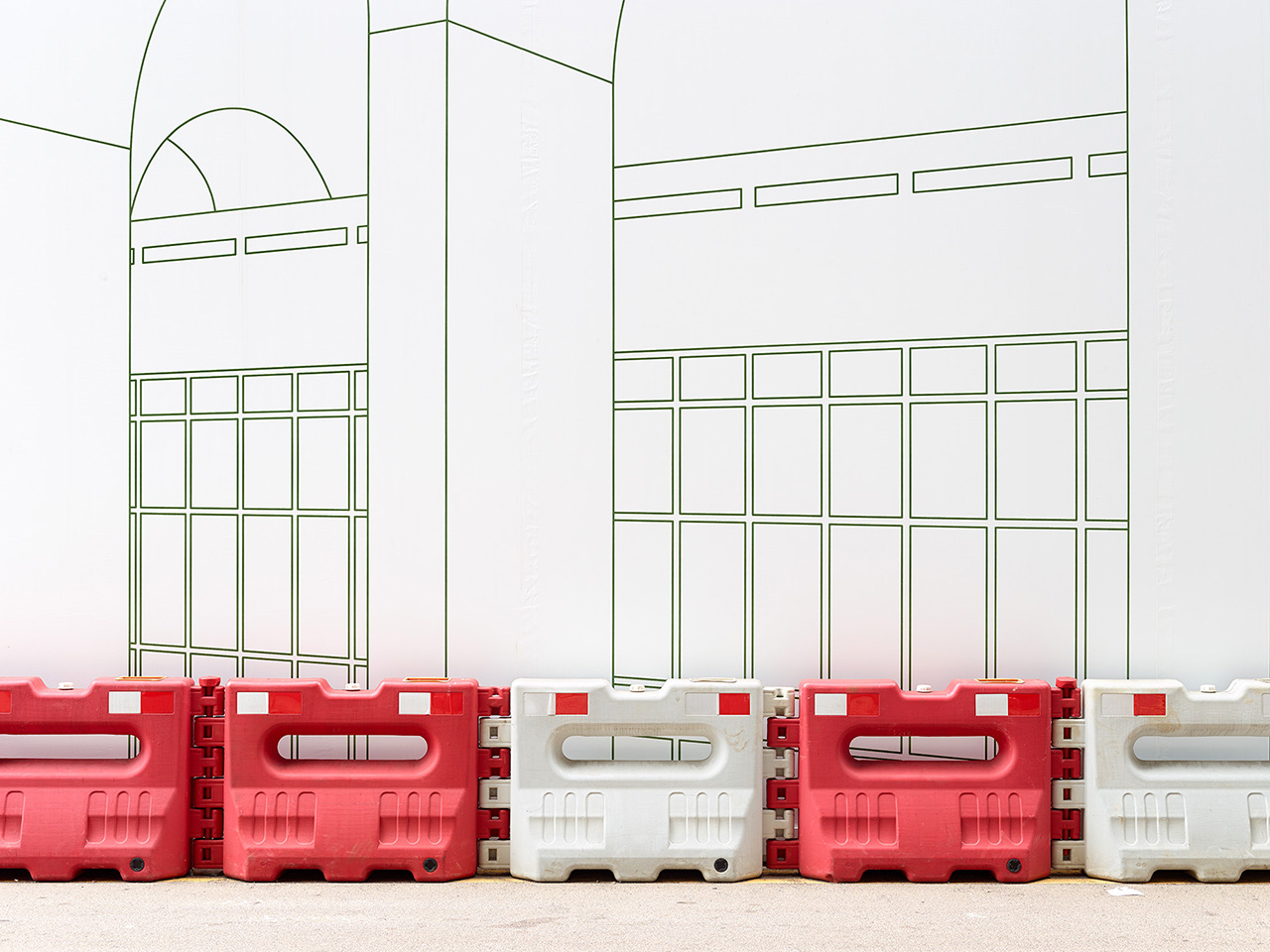

The place unlocked – Fresh views on our surrounding environment
- Horizon #090,(Bangkok), 2015 © Bert Danckaert
- Horizon #152 (Mexicocity), 2016 © Bert Danckaert
- WADING, 2015 © Geert Goiris
- PRISM, 2014 © Geert Goiris
- BEAM, 2015 © Geert Goiris
Geert Goiris and Bert Danckaert from Royal Academy of Antwerp visited MOME on the course week, and took part on the workshop called DeFence[1]. The two Belgian photographers have different purpose with their images, but their working process is quite similar. They travel the world on their own, find their subject all of a sudden and present it on their own easily recognizable, unique voice. It’s also mutual that their photos are usually devoid of people, so the viewer can be part of the picture, could imagine itself in the represented place. Between their lectures we had the honour to have a nice chat with the two of them:
Do you know eachother well?
BD: We’ve met 20 years ago, on a workshop organized by me, and Geert was one of the participants. It also turned out the he was one of my neighbors. Our roads crossed each other several times; we’ve also met in Amsterdam where we both were selected for an art prize and we lead the Master Program together in Antwerp since four years now.
Probably you were asked to introduce your work several times, so this time, I’d like to ask you to describe each other works. So, Geert how do you see Bert’s photography?
GG: One of the qualities I admire in Bert’s work is its subtle radicality. He stretches the notion of repetition very far: for a long time now he has settled on a subject, a structure and a visual language that he loyally sticks to, always adding new variations within this self-imposed rigidity. He travels the world, collecting images that deny any orientation, because his photos never represent landmarks or recognizable localities.
Different levels operate in his works: firstly they are visually attractive compositions, but his photographs also illustrate abstract phenomena like globalization or standardization of society. There is often a humorous twist at play, the visual organization of his images is heavily informed by geometric abstraction and the viewer is often left without references to scale, depth, etc. This makes identification of the sites almost impossible, his images are self-conscious, they are meant to be read as autonomous compositions without documentary claims.
Now Bert, it’s your turn!
BD: You know, it’s really hard to have a fresh look on images today, because there are images everywhere and the film and media industry have a great influence on how we perceive reality. In his work Geert is aware of the fact that images aren’t as innocent as they seem. There is a heavy load of an approaching apocalypse in his images. And Geert likes to experiment with the medium for instance by using infrared film.
Looking back to your works, how would you describe your oeuvre?
BD: When I was younger, just like others, I was looking for significance, but now I reached a point, where I want to lose the pressure of unambiguous meaning, and I can own a kind of freedom. The freedom of not having to legitimate your work anymore. I became more interested in the decisions I take than in the overall purpose behind the work.
GG: In the beginning my work was principally driven by intuition; the intentions and ambitions behind it were only vaguely pronounced. As I am getting older, I feel I need to articulate more precise ideas before setting out to photograph, designing an exhibition or editing a book. Being an active photographer and teacher for twenty years brings some confidence, like Bert, I don’t feel the urge anymore to legitimize my practice. But the exposure to so many images also comes at a cost: the majority of photographic projects bore me, because they seem superficial and there is a lack of connection between lived life and the image.
This is essential to me: I can only see a photographic project as an extension of a personal engagement or search.
Do you find the location of your shooting or does it find you?
BD: I mostly spend a few weeks in randomly chosen places, mainly politically complicated ones. I do some research of course before I travel, I walk the streets on Google maps for example. I never have a clear image of what I look for, I just walk around, and the topic presents itself. It’s all about surprise.
Intuition is something you can develop with time, just like muscles, and it’s exciting to follow them.
GG: Freedom is crucial. Obviously I need to plan some details of my trip before, but when I arrive I try not to have defined expectations, as these could ruin everything. It is still surprising to me how one can pass by a place several times without really noticing it, and then one day something in the landscape stands out, and the whole site presents itself in a different way. I like the feeling to be lost in the world, not being able to grasp what is going on around me, and taking the advise of local people. Following the directions in which they point me often leads me to special places.
Could you explain what landscape means to you?
BD: A landscape is a representation formed in a photo or painting. It has an illusional depth, because the image itself is fundamentally flat. In my work there is no depth at all. My images are closer to still life than to landscape. Because of the rigorous organization of the objects and the fact that there is no sky, only a closed backdrop, like in theatre. The idea of claustrophobia is also important in my work.
GG: In a number of photographs I concentrated on the notion of wilderness, this is not a property in itself, but a relational quality: wilderness defines itself vis-a-vis civilization.
A landscape painting or photograph is seldom objective: instead of being an authorative description of a specific place, it offers a construction through which we see.
It can be a mirror to our ordinary world, and has more to do with borders of consciousness then with representation of an external reality. Directing attention to places that manifest themselves as ‘wilderness’ makes visible what we’ve lost and what we can lose. These photographs can be explained as a wake up call, possessing a political view.
What tendencies are present recently in today’s photography? How do you relate to them?
BD: Everybody can create pictures today. The Capa quote – „If your pictures aren’t good enough, you aren’t close enough.” – is especially true for today. Anybody can take so-called quality photos, you don’t need to be a photographer as profession for that anymore since today everybody carries at least one camera in his or her pocket. I’m not sure if this is a positive evolution. Most photography became extremely vulgar today.
GG: There is the so-called material turn; images are not only sets of data to be seen on a computer screen, but have ways to be transformed into physical presences. A number of artists want to bring images back to the haptic world. Creating objects which take up space and command attention.
Self-publishing is a trend as well: photo books are an accessible way of presenting and discovering photography. There is also a slight return to black and white photography. As a teacher I am confronted with certain recurring waves or fashions. One such example are photos of minerals and stones in a deadpan style reminiscent of scientific documentations.
One of the major developments I would point out is the enormous success of social media. Self-representation on such a scale is unprecedented.
Surely it can be fun, but we rapidly loose intimacy and privacy in building up such a precisely cultivated public image of ourselves. I think these are crucial changes and one day, looking back, we will recognize these years as a turning point.
What’s the next big step for you? What are your plans?
BD: I’m preparing a new book and a big exhibition in Brussels for next September, so I’m working on that, selecting and editing my works. This is a period where I don’t shoot or travel. My last trip was in January, to Mexico City. The next one will be after the show, probably to China again.
GG: The most urgent step right now is to progress on the written part of my PhD-research. Alongside this I am planning an exhibition where I want to combine still photography and moving images. The pairing of these two media is something I look forward to discover and play with.
// /
[1] In the course of the lectures students were examining European cities, where real or alleged ‘fences’ between different communities can be identified.
Written by Eszter Lebó

